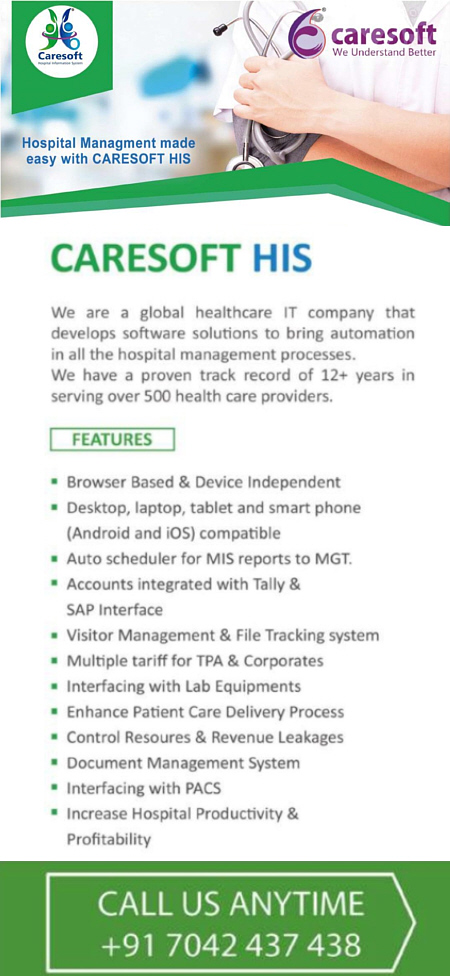Trump’s Pharma Tariff Earthquake: Will India’s Medicine Lifeline to America Survive?
For India, the next few months will be crucial. Diplomacy, industry advocacy, and patient voices must converge to remind America that healthcare is not a battlefield for tariffs.
.jpeg)
The announcement came like a thunderclap, shaking the global pharmaceutical trade at its very core. On Thursday, US President Donald Trump declared that starting October 1, 2025, America will impose tariffs of up to 100 percent on imports of branded and patented pharmaceutical products. His reasoning was blunt: unless companies are building pharmaceutical manufacturing plants on American soil, they will face this unprecedented tariff wall. The message was simple, make in America or pay the price. For India’s pharmaceutical sector, a lifeline intricately tied to the American market, this move signals a storm that could reshape not just trade flows but the future of global healthcare access.
The language of Trump’s announcement carried his trademark mix of nationalism and defiance. Posted on Truth Social, he clarified that “IS BUILDING” will mean breaking ground or being under construction. Any company that has not started this process will have its branded or patented drugs hit with the tariff. In the same sweep, he extended duties to other imports, from 50 percent on kitchen cabinets and bathroom vanities to 25 percent on heavy trucks. But the focus of his fury was unmistakably on the pharmaceutical sector, an industry that has long been a tug of war between America’s dependence on affordable imports and its desire to revive domestic manufacturing.
To understand the significance of this decision, one must first look at the numbers. America is India’s single largest export market for pharmaceuticals. Out of India’s $27.9 billion worth of pharma exports in FY24, nearly $8.7 billion, or 31 percent, went directly to the US. In just the first half of 2025, another $3.7 billion worth of medicines flowed from Indian companies to American shelves. This pipeline is the backbone of affordable healthcare in the US. Reports suggest that India supplies more than 45 percent of all generic drugs used in America and nearly 15 percent of biosimilars. Without this flow, American pharmacies would find themselves battling shortages and patients would see their drug bills skyrocket.
The irony of the tariff announcement is sharp. While Trump claims this move is necessary for national security, the real security at risk may be that of American patients. Generics from India are not just cheap alternatives; they are the reason millions of Americans can afford treatment. A heart patient relying on low-cost statins, a cancer survivor depending on biosimilars, a diabetic controlling insulin costs, all these stories are tied to Indian pharmaceutical factories that churn out medicines at a fraction of the price charged by multinational giants. A tariff that doubles the price of imported branded drugs may start with multinationals, but if extended to generics, it could devastate the American public.
Indian companies, on their part, are no strangers to pressure in the US market. Firms like Dr Reddy’s, Aurobindo Pharma, Zydus Lifesciences, Sun Pharma, and Gland Pharma already derive 30 to 50 percent of their revenues from America. They operate in an environment where margins are razor-thin, compliance costs are high, and competition is cutthroat. A 100 percent tariff on branded or specialty products, or even the looming uncertainty around whether complex generics will fall under the same umbrella, places them in a position of great vulnerability. The ability to absorb such costs is limited. The choice will be either pass the burden to US consumers, raising drug prices, or cut back on exports, creating shortages. In either case, patients will bear the brunt.
Trump’s decision also has to be read in the larger context of his economic strategy. Over the past months, he has expanded tariffs across sectors, from furniture to trucks, portraying them as a patriotic duty to reduce America’s budget deficit and push companies to build at home. His view of tariffs as a weapon of national revival has made headlines before, but this time the target is a sector that touches lives more intimately than most others. When the subject is life-saving drugs, the margin for political gamesmanship is slim. For families struggling with rising healthcare costs, this is not about trade balances; it is about survival.
Many of the very multinational pharmaceutical corporations that Trump’s policy seems to target already have manufacturing footprints in the US. Indian companies too, anticipating regulatory and political pressures, have invested in plants abroad, including in America. For them, the tariff may become a catalyst to accelerate local production. But building plants is not an overnight process. Setting up a fully compliant pharmaceutical manufacturing unit in the US requires billions of dollars, years of planning, and extensive regulatory approval. Between October 2025 and the completion of such projects, there will be a dangerous vacuum where patients may face shortages and companies may face losses.
From India’s perspective, the announcement lands like a blow at a sensitive time. The country has positioned itself as the “pharmacy of the world,” a trusted supplier not just to America but to nations across Africa, Europe, and Asia. Its generics have been celebrated as a weapon against high drug costs and praised for democratizing access to medicines. To be locked out of the US market, or even to have its access curtailed, threatens not just revenues but also reputations. Indian pharmaceutical companies, which already face regulatory scrutiny from the US Food and Drug Administration, must now navigate political headwinds that are harder to negotiate.
The broader implications stretch beyond commerce. If tariffs choke the flow of affordable medicines, the global image of the US as a champion of open markets and accessible healthcare may be questioned. Already, American patients depend heavily on imported drugs whether it is generic antibiotics or specialized oncology therapies. Tariffs may drive up inflation in healthcare costs, force insurance premiums higher, and worsen inequality in access. The patients most affected will be the vulnerable elderly, uninsured, and those battling chronic diseases.
There is also the geopolitical layer to consider. By targeting Indian pharmaceuticals, Trump risks straining ties with a country that has been one of America’s closest allies in trade and strategic cooperation. At a time when India is being courted as a counterweight to China, antagonizing its pharmaceutical industry could complicate relations. Indian policymakers may push for retaliation or demand exemptions, setting the stage for a trade dispute that extends beyond pills and patents. For a sector that has been seen as a symbol of mutual benefit, this sudden escalation threatens to turn partnership into conflict.
The path ahead for Indian pharmaceutical companies will require both resilience and strategy. Larger players with diversified portfolios and global footprints may weather the storm by expanding in Europe, Africa, or Latin America. Smaller firms, heavily dependent on the US, may struggle to survive. The government of India may need to step in, not just to negotiate exemptions but to support the industry in diversifying its markets and investing in higher-value products. The crisis may also accelerate India’s push to strengthen its domestic R&D, moving beyond generics to develop more patented drugs of its own.
At its core, this episode is about more than tariffs or trade wars. It is about the role of medicines in human lives and the fine balance between economic nationalism and global health responsibility. Medicines are not furniture or kitchen cabinets; they are lifelines. To treat them as just another commodity in a tariff blitz risks reducing healthcare to a political bargaining chip. The world has seen during the pandemic how fragile supply chains can be, and how devastating the consequences are when access to medicines is restricted. To impose barriers now, when millions still depend on affordable generics, is to play with fire.
For India, the next few months will be crucial. Diplomacy, industry advocacy, and patient voices must converge to remind America that healthcare is not a battlefield for tariffs. For American patients, the test will come when they walk into pharmacies after October 2025 and find their prescriptions suddenly cost double. For the global healthcare community, the message is a warning that access to medicine can be disrupted not only by viruses and shortages but by political decisions taken far from hospital beds and clinics.
Trump’s tariff earthquake has shaken the foundations of pharmaceutical trade. Whether it ends in adaptation, confrontation, or collaboration remains to be seen. But one truth is clear that stakes are too high to be measured in trade deficits alone. They must be measured in lives
 Sunny Parayan
Sunny Parayan
#healthvoice #PharmaCrisis #USIndiaTrade #DrugTariffs #GlobalHealthcare #AffordableMedicines #PharmacyOfTheWorld #HealthcareAccess #TrumpTariffs #PharmaTradeWar #IndianPharma #DrugPrice #HealthcareEconomy #HealthcareForAll
